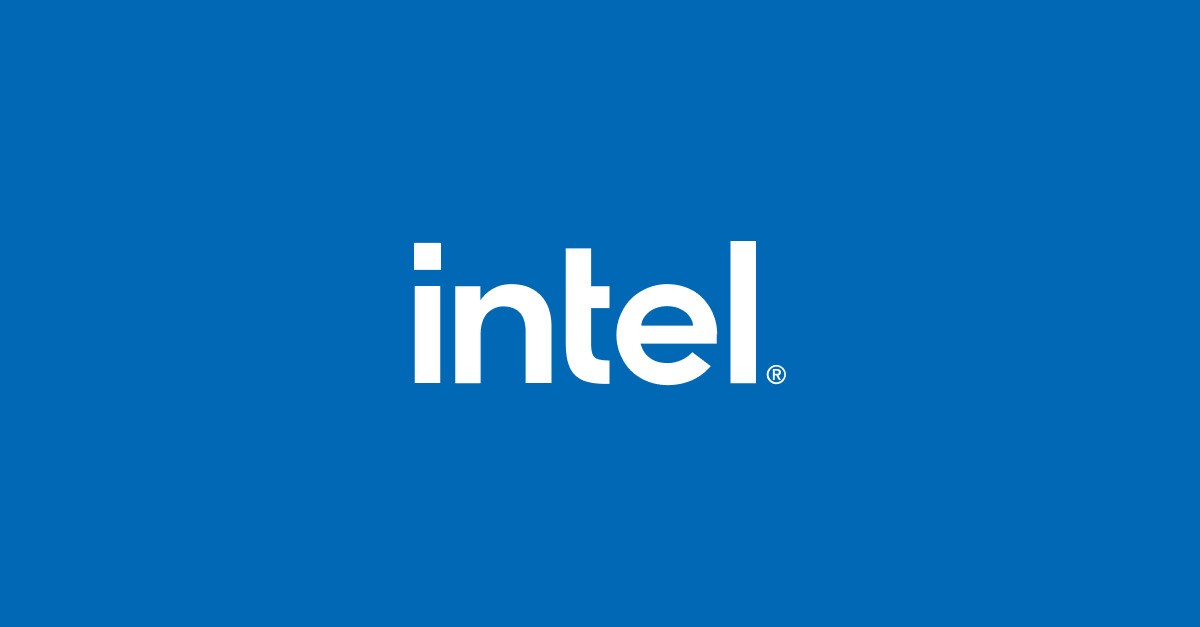
Investor Relations
Intel (Nasdaq: INTC) is an industry leader, creating world-changing technology that enables global progress and enriches lives. Inspired by Moore’s Law, we continuously work to advance the design and manufacturing of semiconductors to help…
Here's the money shot:
The company's 7nm-based CPU product timing is shifting approximately six months relative to prior expectations.
The primary driver is the yield of Intel's 7nm process, which based on recent data, is now trending approximately
twelve months behind the company's internal target.
Data Center volume up 29% (plus 5% ASP)
Notebook up 9%
Desktop down 14% - not as bad as I had thought
Q3 guidance bad - revenue of 18.2b vs 19.2b in 2019
Last edited:





